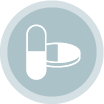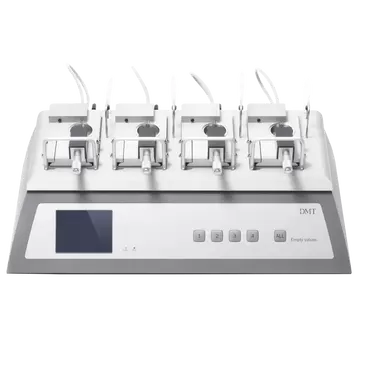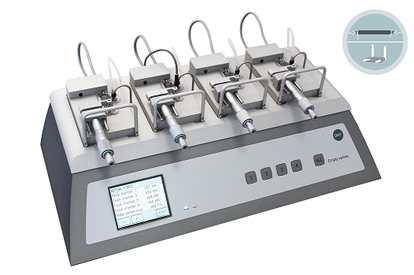Basic Tissue Properties
|
Pharmacology
|
Physiology Changes & Pathology
|
Vasaoactive Mechanisms
|
"The addictive workhorse for your routine high-throughput pharmacological studies on nearly all type of muscle."
Organ Bath Systems
Multi Myograph System - 620MThe Multi Myograph System - model 620M is a highly sophisticated yet robust research instrument. It is an easy-to-use system for in-vitro studies of vascular structure and function. The range of applications is countless within isometric contraction and dilatation of smaller arteries, larger vessels such as the carotid artery and aorta, trachea, intestine, bladder, and many more.
|








